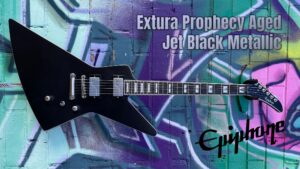
Epiphone Extura Prophecy Aged Jet Black Metallic- Modern Power, Precision, and Style
Discover the Epiphone Extura Prophecy Aged Jet Black Metallic, built for modern players demanding power, precision, and bold futuristic design.
Back in 2011, Pioneer DJ launched its first DDJ controllers, marking a bold step into a rapidly changing DJ world. The first DDJ controllers arrived during a time of excitement, uncertainty, and heated debate about the future of DJ technology.
The DJ community was buzzing about formats like vinyl, USBs, laptops, controllers, and CDJs. Venues struggled with messy changeovers, cables everywhere, and the occasional silence when setups crashed. Even audiences were unsure, often distracted by glowing laptop screens on stage.
The DDJ-S1 for Serato and DDJ-T1 for Traktor were Pioneer DJ’s first steps. They looked professional, inspired by the CDJ and DJM ranges. However, as planner Takafumi Nitta admitted, they were bulky and limited. DJs found them difficult to use in booths, and the software was restrictive.
DJ technology was shifting. Final Scratch in 2001 allowed digital control via vinyl. Ableton Live introduced loops and production tools. The MP3 format transformed collections into pocket-sized libraries. Controllers like the Vestax VCI-100 opened creative performance options. Yet, not all DJs embraced this. Some mocked digital DJs as “checking email,” while others, like Richie Hawtin and Carl Cox, championed the change.
This era gave rise to controllerism, inspired by turntablism, where DJs treated controllers as instruments — reshaping and reworking tracks with freedom.
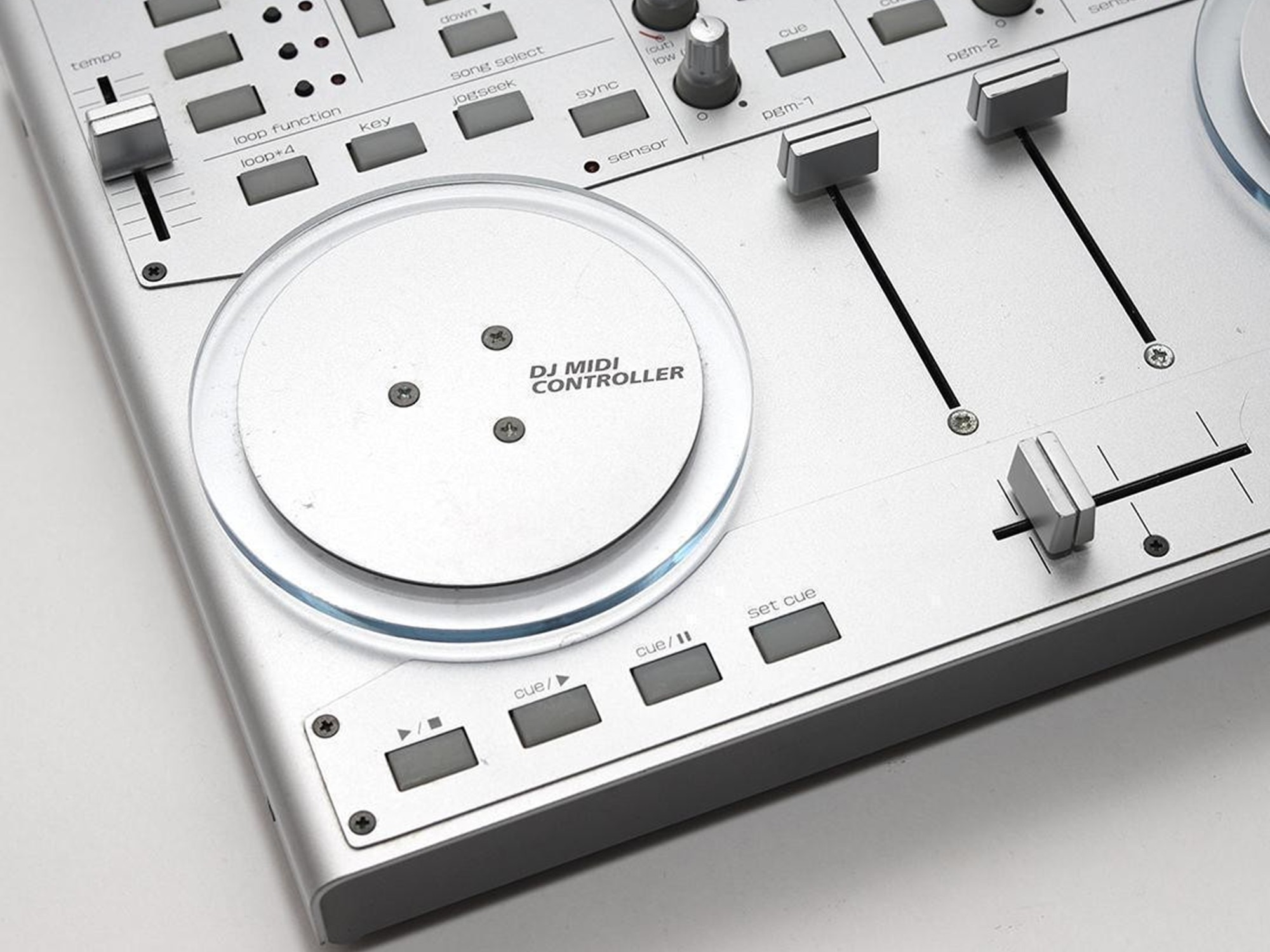
Pioneer DJ refused to stay behind. The DDJ-SX, released in 2012, was built for Serato DJ with performance pads and professional design. It set a new industry standard. The DDJ-SZ soon followed, offering dual laptop inputs and a true CDJ + DJM feel in one unit.
Research revealed that mobile DJs, especially in South Africa, drove demand. Playing weddings, corporate gigs, and residencies, they needed flexibility, portability, and professional features. The SX and SZ delivered, turning controllers into a serious choice.
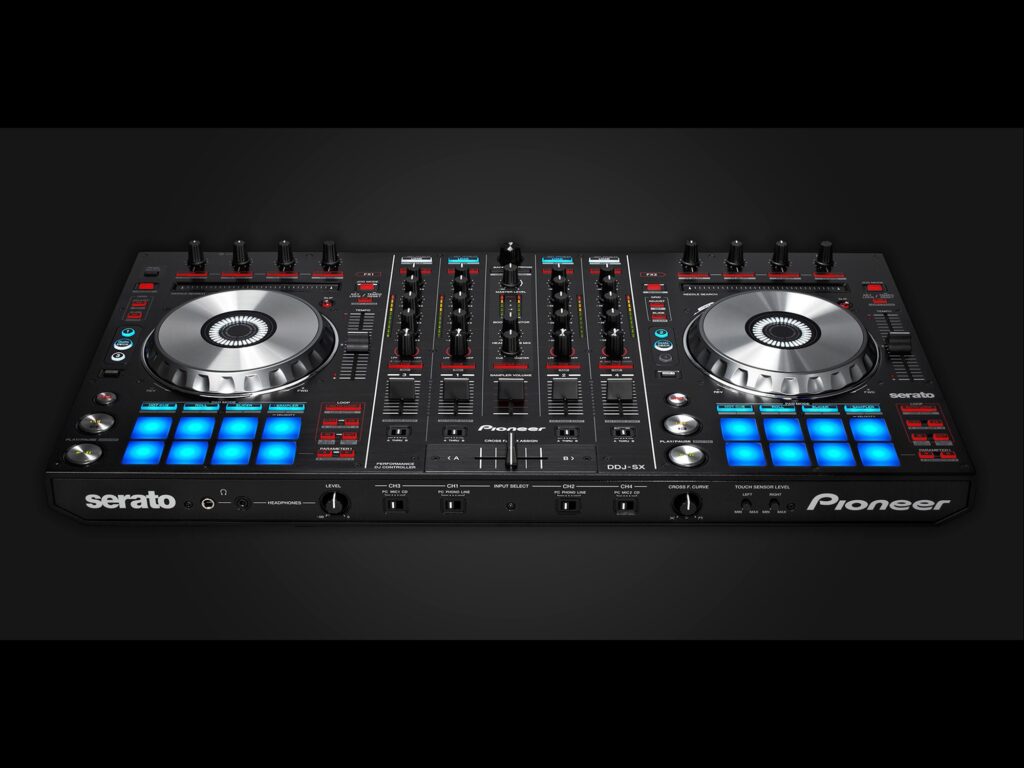
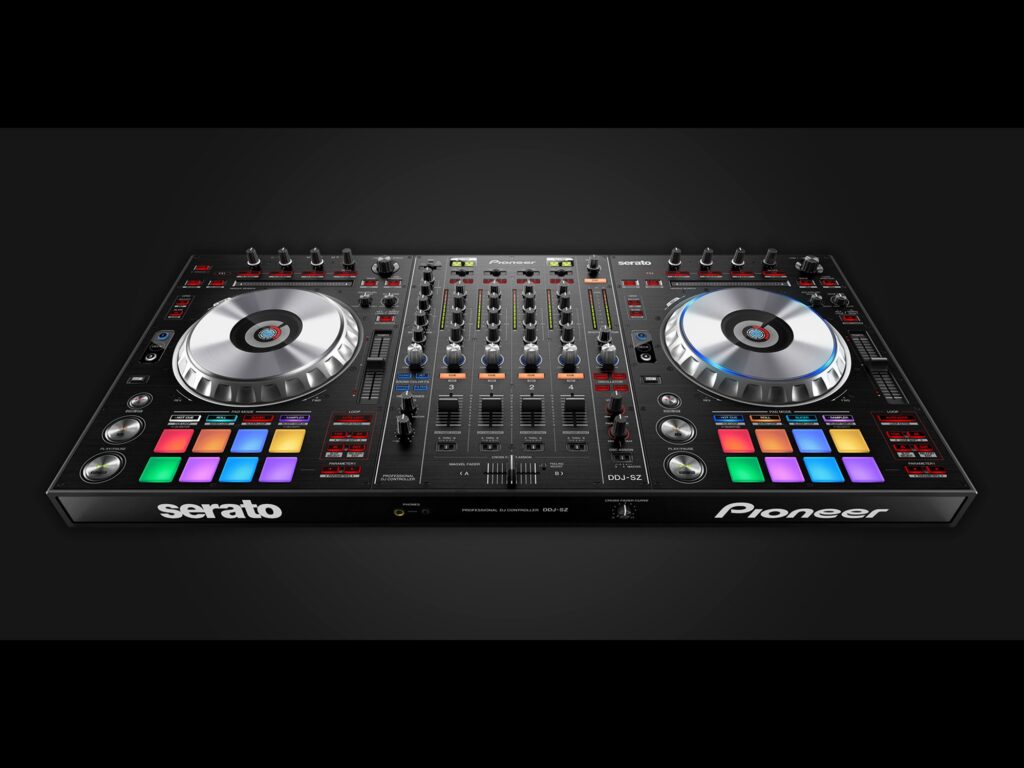
Entry-level models like the WeGO series, DDJ-400, and DDJ-FLX4 empowered beginners with professional tools at affordable prices. High-end options like the DDJ-1000 and DDJ-REV7 pushed boundaries, merging standalone freedom with traditional CDJ performance. With rekordbox DJ, Pioneer DJ built a software platform to match.
The DDJ story reshaped South Africa’s DJ culture. From bedroom DJs to festival headliners, thousands have grown through the DDJ range. Platforms like YouTube and TikTok made learning and sharing easier, creating a global wave of innovation.
What began as a shaky start in 2011 became a cultural milestone. Controllers redefined DJing, opening doors for new artists and reshaping what it means to play music.
Visit Proaudio today and see the new generation DDJs shaping the future of DJing.
#ProaudioSA #SoundPressMagazine #AlphaTheta #PioneerDJ #DDJControllers #DDJREV7 #DDJFLX4 #DDJREV1 #DDJREV5 #FutureOfDJing

Discover the Epiphone Extura Prophecy Aged Jet Black Metallic, built for modern players demanding power, precision, and bold futuristic design.
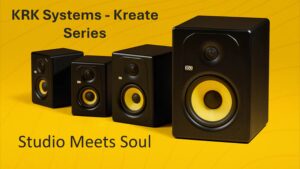
Discover the KRK Systems Kreate Series monitors, blending studio heritage, emotional sound, and creative confidence for modern home studios.
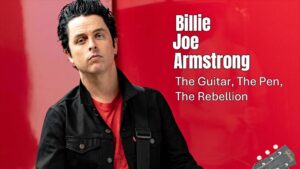
Discover Billie Joe Armstrong’s punk rebellion, songwriting journey, and iconic Gibson guitars that shaped Green Day’s global sound.
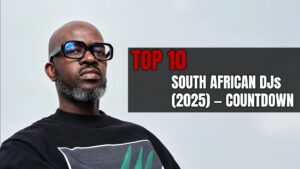
Explore South Africa’s top DJs of 2025 in a culture-focused countdown highlighting influence, innovation, and musical impact.
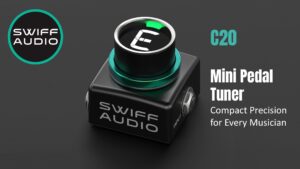
Discover the SWIFF Audio C20 Mini Pedal Tuner, a compact and durable tuner offering fast, accurate performance for every musician.

Compact Lab Gruppen IPX Series amplifiers deliver intelligent DSP performance, reliability, and power for modern audio professionals.